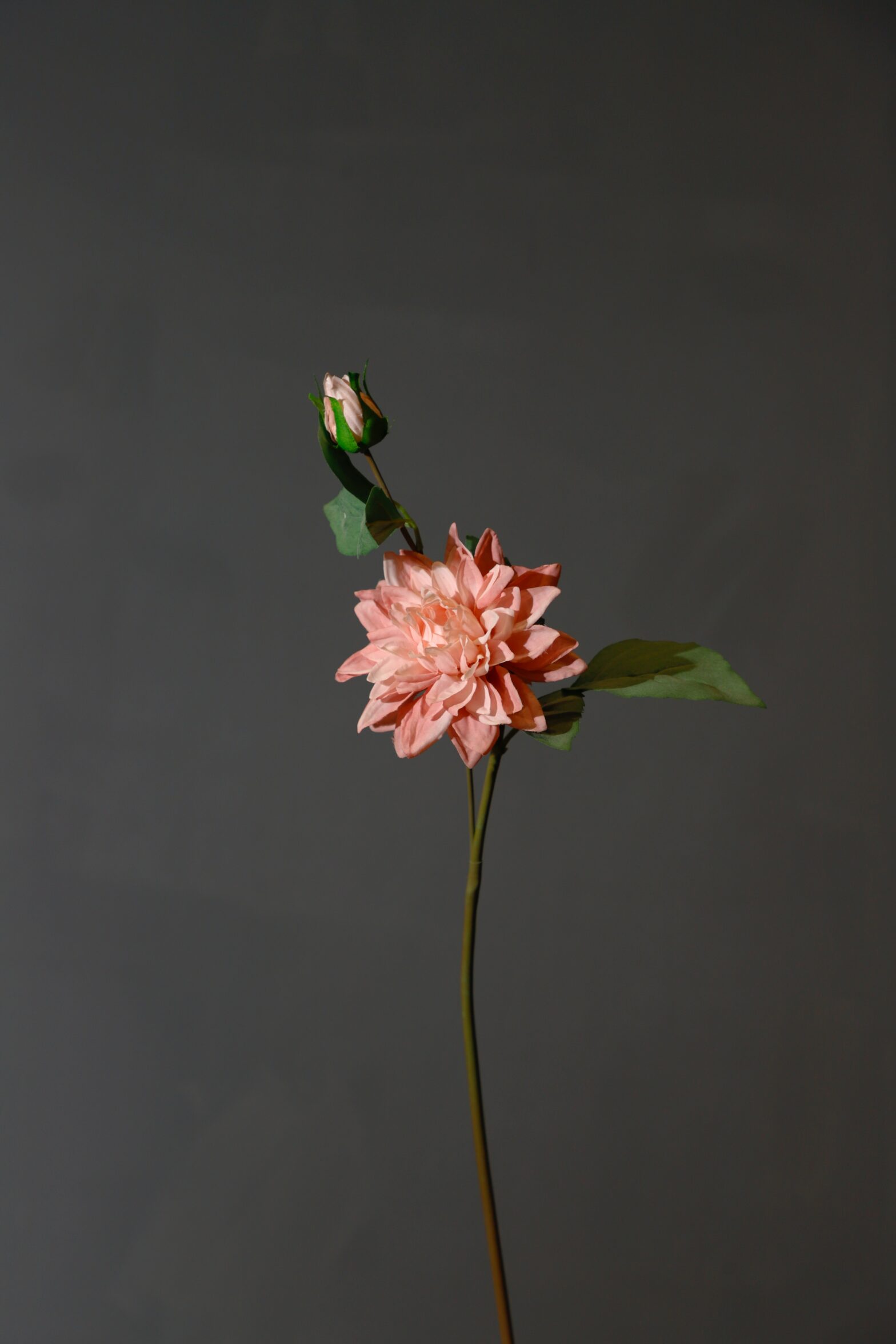The Profound Wisdom of Jon Kabat-Zinn Mindfulness Quotes
Jon Kabat-Zinn, a renowned scientist, writer, and meditation teacher, is widely recognized for his work in bringing mindfulness into the mainstream of medicine and society. His teachings, particularly his mindfulness quotes, have inspired millions worldwide to embrace the practice of mindfulness and incorporate it into their daily lives. This article delves into the profound wisdom encapsulated in Jon Kabat-Zinn’s mindfulness quotes and their significance in our lives.
1. “You can’t stop the waves, but you can learn to surf.”
This quote is a metaphor for life’s challenges and our ability to navigate them. Kabat-Zinn emphasizes that we cannot control or prevent the difficulties that life throws at us, but we can learn to handle them with grace and resilience. By practicing mindfulness, we can cultivate a sense of calm and equanimity that allows us to ‘surf’ the waves of life rather than being overwhelmed by them.
2. “Mindfulness is the aware, balanced acceptance of the present experience.”
In this quote, Kabat-Zinn defines mindfulness as the conscious and balanced acceptance of our current experiences. It’s about being fully present in the moment, without judgment or resistance. This acceptance allows us to experience life as it unfolds, rather than being caught up in our thoughts, emotions, or preconceived notions.
3. “The little things? The little moments? They aren’t little.”
Kabat-Zinn reminds us of the importance of appreciating the small moments in life. Often, we are so focused on the big picture or future goals that we overlook the beauty and significance of the present moment. This quote encourages us to cherish every moment, no matter how small or seemingly insignificant, as each contributes to the richness of our lives.
4. “The best way to capture moments is to pay attention. This is how we cultivate mindfulness.”
This quote underscores the importance of paying attention as a means of cultivating mindfulness. By being fully present and attentive, we can truly experience and appreciate each moment. This practice not only enhances our awareness but also fosters a deeper connection with ourselves and the world around us.
5. “Mindfulness is a way of befriending ourselves and our experience.”
Kabat-Zinn views mindfulness as a means of developing a friendly relationship with ourselves and our experiences. By practicing mindfulness, we can cultivate self-compassion, acceptance, and understanding, which can significantly enhance our overall well-being and quality of life.
6. “You have to be where you are to get where you need to go.”
This quote emphasizes the importance of being present and accepting where we are in life. Often, we are so focused on our destination that we forget to appreciate the journey. Kabat-Zinn reminds us that each step of the journey is crucial and that by being fully present, we can navigate our path with greater clarity and purpose.
This quote emphasizes the importance of focusing on the present moment. Kabat-Zinn suggests that by taking care of the present, we are effectively shaping our future. This is a powerful reminder to invest our energy and attention in the here and now, rather than worrying about the future.
7. “The future is made out of the present, so the best way to take care of the future is to take care of the present moment.”
This quote emphasizes the importance of focusing on the present moment. Kabat-Zinn suggests that by taking care of the present, we are effectively shaping our future. This is a powerful reminder to invest our energy and attention in the here and now, rather than worrying about the future.
8. “Mindfulness isn’t difficult, we just need to remember to do it.”
Kabat-Zinn reminds us that mindfulness is not a complex or challenging practice. It simply requires us to remember to be present and attentive to our experiences. This quote encourages us to incorporate mindfulness into our daily routines and activities.
9. “In Asian languages, the word for ‘mind’ and the word for ‘heart’ are the same word.”
This quote highlights the interconnectedness of our minds and hearts. Kabat-Zinn suggests that mindfulness involves both our cognitive and emotional experiences. This understanding can help us cultivate a more holistic and balanced approach to mindfulness.
10. “It’s not a matter of letting go – you would if you could. Instead of ‘let go,’ we should probably say ‘let be.'”
This quote offers a fresh perspective on the concept of ‘letting go.’ Kabat-Zinn suggests that instead of trying to let go of our experiences, we should let them be. This approach encourages acceptance and non-resistance, which are key aspects of mindfulness.
11. “Mindfulness is simply being aware of what is happening right now without wishing it were different.”
This quote defines mindfulness as the practice of being aware and accepting of our current experiences without wishing for them to be different. This acceptance allows us to fully engage with the present moment and cultivate a sense of peace and contentment.
12. “The real meditation is how you live your life.”
Kabat-Zinn suggests that the true practice of meditation extends beyond formal sitting sessions. It involves how we live our lives, how we interact with others, and how we handle our experiences. This quote encourages us to incorporate mindfulness into all aspects of our lives.
13. “Breathe and let be.”
This simple yet powerful quote reminds us of the importance of conscious breathing in mindfulness practice. Kabat-Zinn encourages us to use our breath as a tool for grounding ourselves in the present moment and cultivating a sense of calm and acceptance.
14. “We take care of the future best by taking care of the present now.”
This quote reiterates the importance of focusing on the present moment. Kabat-Zinn suggests that by taking care of the present, we are effectively shaping our future. This is a powerful reminder to invest our energy and attention in the here and now.
15. “The only way to live is by accepting each minute as an unrepeatable miracle.”
This quote emphasizes the uniqueness and preciousness of each moment. Kabat-Zinn encourages us to appreciate each moment as a one-of-a-kind miracle, thereby fostering a sense of gratitude and wonder in our daily lives.
16. “Wherever you go, there you are.”
This quote reminds us that we cannot escape ourselves or our experiences. No matter where we go or what we do, we are always present with ourselves. This understanding can help us cultivate a deeper sense of self-awareness and acceptance.
Jon Kabat-Zinn’s mindfulness quotes offer profound insights into the practice of mindfulness and its transformative potential. They remind us of the importance of being present, accepting, and appreciative of each moment. By incorporating these teachings into our lives, we can cultivate a sense of peace, balance, and well-being, enabling us to navigate life’s waves with grace and resilience.









